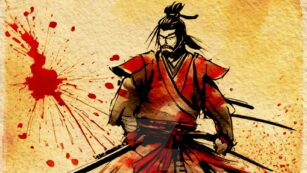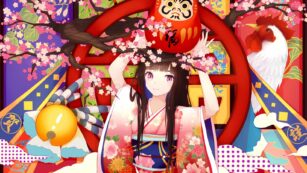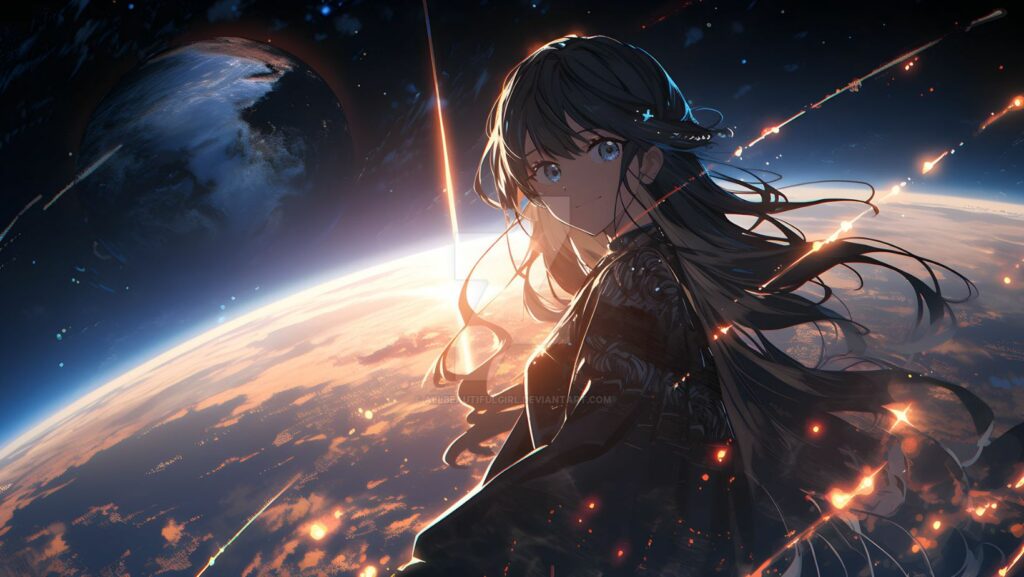Japanese anime culture has captivated audiences worldwide, transcending borders with its unique storytelling and vibrant artistry. From its humble beginnings in the early 20th century, anime has evolved into a global phenomenon, influencing countless aspects of entertainment and pop culture. Characters with larger-than-life personalities and intricate plots draw viewers into fantastical worlds that ignite the imagination.
Anime isn’t just a form of entertainment; it’s a cultural movement that reflects Japan’s rich history and values. Its diverse genres, ranging from action-packed adventures to heartwarming romances, offer something for everyone. Fans eagerly anticipate new releases, conventions, and merchandise, creating a thriving community that celebrates creativity and diversity.
As anime’s popularity continues to soar, it’s not just shaping how stories are told but also how they’re consumed. Streaming platforms and social media have made anime more accessible than ever, allowing fans from all corners of the globe to connect and share their passion.
Japanese Anime Culture
 Japanese anime culture, a vibrant tapestry of art and storytelling, has roots deeply embedded in Japan’s history and tradition. It transcends entertainment, influencing fashion, music, and lifestyle worldwide. Studios like Studio Ghibli and Madhouse have become synonymous with quality, producing films and series that resonate globally. Anime exemplifies diverse genres, from fantasy and science fiction to slice-of-life and horror, appealing to a broad audience.
Japanese anime culture, a vibrant tapestry of art and storytelling, has roots deeply embedded in Japan’s history and tradition. It transcends entertainment, influencing fashion, music, and lifestyle worldwide. Studios like Studio Ghibli and Madhouse have become synonymous with quality, producing films and series that resonate globally. Anime exemplifies diverse genres, from fantasy and science fiction to slice-of-life and horror, appealing to a broad audience.
Manga, the print counterpart to anime, often serves as the source material for many series. This symbiotic relationship enriches the storytelling experience. Festivals, such as Anime Expo, are pivotal in celebrating and expanding this culture, drawing fans together to share their passion. These events feature cosplay, artist showcases, and panel discussions, emphasizing community engagement.
Anime’s artistry is unique, characterized by expressive characters and intricate designs. Techniques like sakuga, showcasing high-quality animation in action sequences, enhance its visual appeal. Iconic series like “Naruto,” “Attack on Titan,” and “One Piece” have loyal followings, with “Dragon Ball” establishing itself as a household name.
Key Characteristics of Anime
 xAnime is distinct for its captivating elements, blending artistry and narrative in unique ways. It attracts a diverse audience with its identifiable styles and techniques.
xAnime is distinct for its captivating elements, blending artistry and narrative in unique ways. It attracts a diverse audience with its identifiable styles and techniques.
Anime’s visual style features iconic character designs, often with exaggerated features such as large, expressive eyes. It uses vibrant color palettes to convey mood and tone. Backgrounds often display meticulous detail, creating immersive worlds. Fluid animation captures dynamic action sequences, making them visually engaging. Influences like manga artistry and traditional Japanese art techniques are visible in many series.
Anime employs complex storytelling techniques, integrating themes of fantasy and reality. Story arcs often span multiple episodes, allowing for deep character development and intricate plotlines. It explores diverse genres, from action to romance and horror. Narratives can include philosophical themes and social commentary, reflecting both Japanese culture and universal concerns. Emotional depth and unexpected plot twists keep audiences invested in the unfolding stories.
International Fanbase
The international fanbase for anime is vast and diverse, spanning continents and cultures. Events like Comic-Con and Anime Expo welcome thousands of fans from around the world, eager to celebrate their favorite series and characters through cosplay and artist showcases. Online communities facilitate discussions and fan-generated content, fostering collaboration and cultural exchange. Social media platforms have enabled fans in countries like the United States, Brazil, and France to celebrate their shared love for anime, contributing to the genre’s growing popularity and influence outside Japan.
Popular Anime Genres
Anime encompasses a wide range of genres, each appealing to diverse audiences and reflecting various aspects of Japanese culture. Among these, certain genres stand out for their unique themes and storytelling approaches.
Seinen and Josei
 Seinen and Josei target adult audiences, offering mature narratives and complex characters. Seinen anime, examples like “Ghost in the Shell” and “Attack on Titan,” engages with deep philosophical questions and societal issues, often featuring intense action scenes. These stories delve into psychological and existential themes, attracting viewers seeking thought-provoking content.
Seinen and Josei target adult audiences, offering mature narratives and complex characters. Seinen anime, examples like “Ghost in the Shell” and “Attack on Titan,” engages with deep philosophical questions and societal issues, often featuring intense action scenes. These stories delve into psychological and existential themes, attracting viewers seeking thought-provoking content.
Josei caters to adult women, focusing on realistic portrayals of relationships, life struggles, and personal growth. Titles such as “Nana” and “Paradise Kiss” depict the intricacies of romance and emotional journeys, resonating with those interested in more grounded and relatable narratives. Both genres enrich the anime landscape by exploring sophisticated topics beyond traditional youth-oriented themes.

